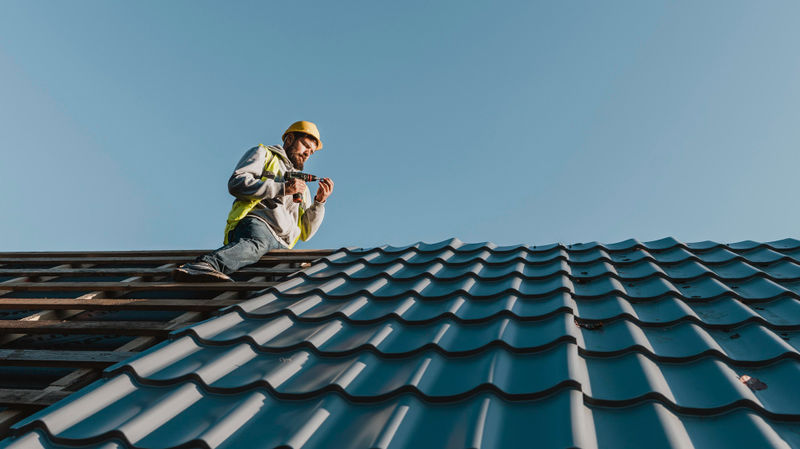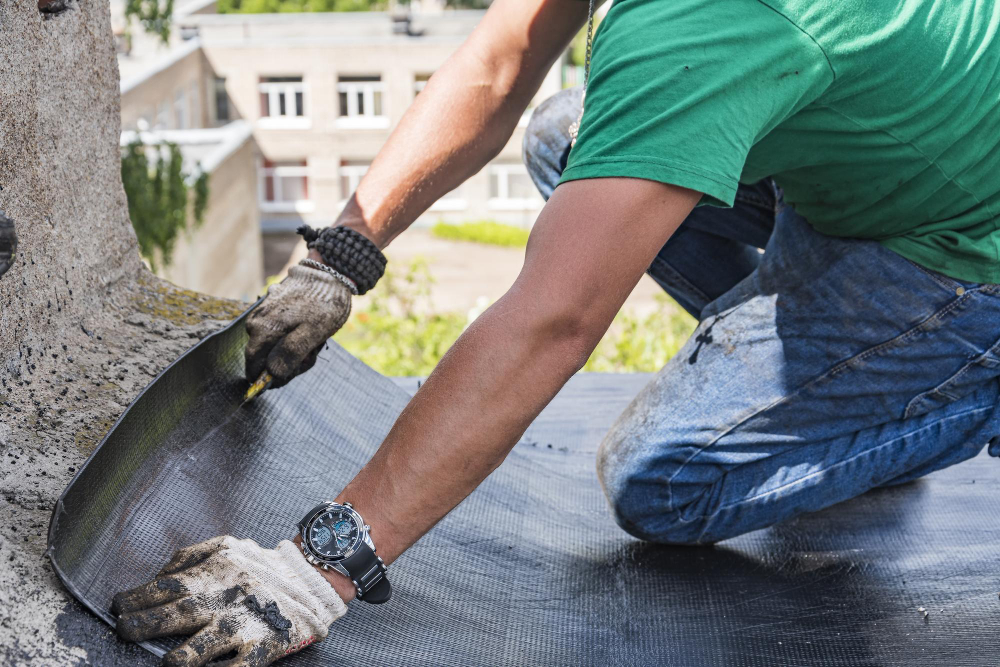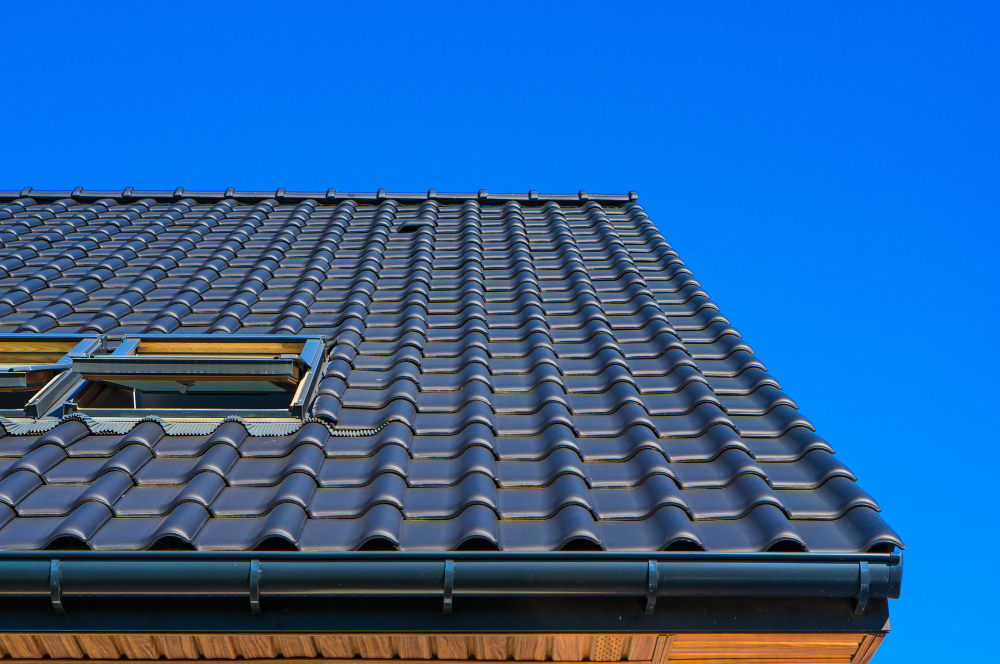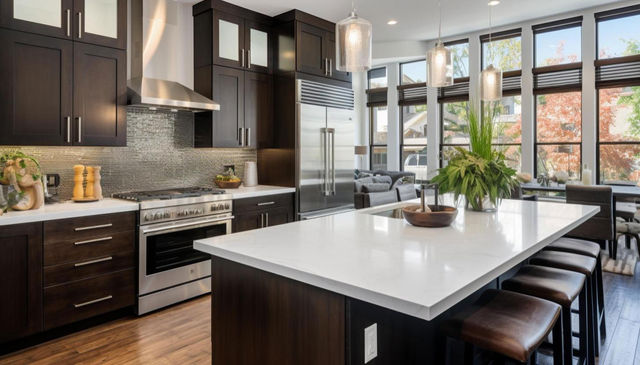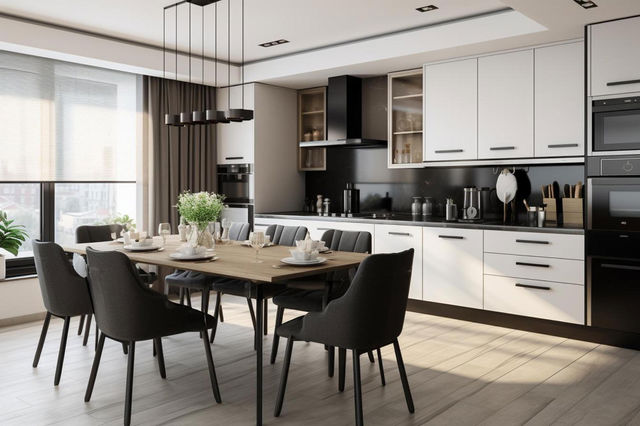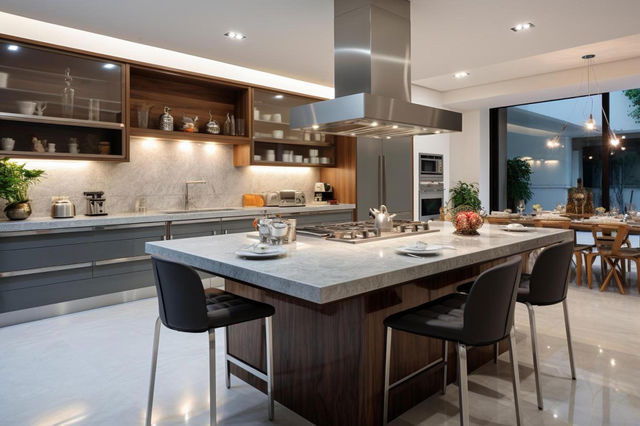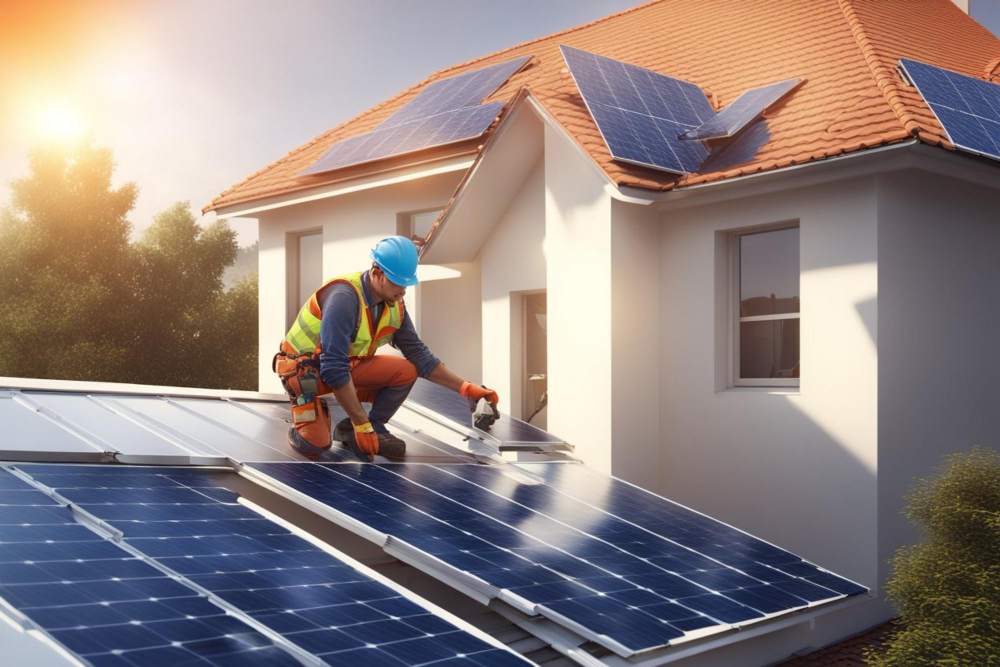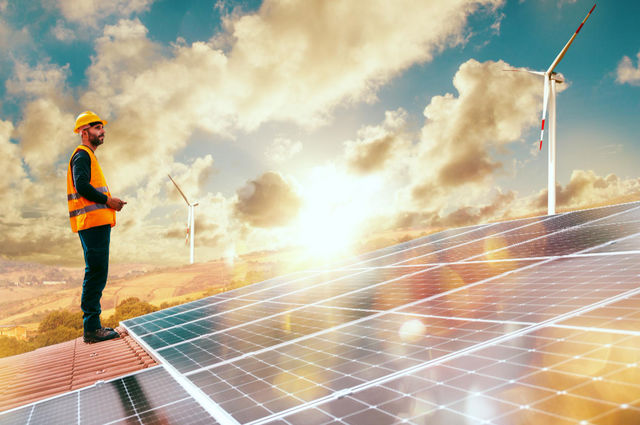This article explores the critical role that roof color plays in energy efficiency, particularly in the state of Florida where the climate demands high energy consumption for cooling. The text examines different color options and their respective impacts on a building’s energy use, while offering practical advice for homeowners looking to make an environmentally friendly and cost-effective choice.
1. “Why does roof color matter in Florida’s climate?”
The color of a roof plays a crucial role in Florida’s climate due to the region’s unique weather conditions. Florida is known for its hot and humid climate, with long summers and mild winters. In such a climate, the color of the roof can significantly impact the energy efficiency of a building.
The intense heat and sunlight in Florida can cause roofs to absorb a considerable amount of solar radiation. Dark-colored roofs, such as black or dark brown, tend to absorb more heat from the sun, leading to increased heat transfer into the building. This can result in higher indoor temperatures, especially during the scorching summer months. On the other hand, light-colored roofs, like white or light gray, reflect more sunlight and heat, helping to keep the interior of the building cooler.
Additionally, Florida experiences frequent rainstorms and high humidity levels, which can contribute to the growth of mold and algae on roofs. Dark-colored roofs tend to retain more moisture, creating an environment that is conducive to the growth of these organisms. This can lead to roof damage and reduced lifespan. Light-colored roofs, however, reflect more sunlight and heat, which helps to prevent moisture retention and discourage the growth of mold and algae.
2. Comparing light and dark roof colors: which is more energy efficient?
When it comes to energy efficiency, there has been a longstanding debate about whether light or dark roof colors are more effective in Florida’s climate. Let’s examine this question from different perspectives.
- 1. Heat Absorption:
Dark-colored roofs have a higher solar absorption, meaning they absorb more heat from the sun. This can lead to increased heat transfer into the building, resulting in higher indoor temperatures. On the other hand, light-colored roofs have a higher solar reflectance, meaning they reflect more sunlight and heat. This helps to keep the building cooler by reducing heat absorption. - 2. Cooling Costs:
The heat absorbed by dark-colored roofs can significantly impact the energy consumption of air conditioning systems, leading to higher cooling costs. Studies have shown that light-colored roofs can reduce cooling costs by up to 20% in hot climates like Florida. The reflective properties of light-colored roofs help to keep the building cooler, reducing the need for excessive air conditioning. - 3. Roof Longevity:
Dark-colored roofs tend to experience more thermal stress due to the intense heat absorbed. This can lead to faster deterioration of roofing materials and a shorter lifespan for the roof. Conversely, light-colored roofs experience less thermal stress, resulting in potentially longer-lasting roofs. By choosing a light-colored roof, homeowners in Florida can benefit from reduced maintenance and replacement costs in the long run.
3. ‘The color isn’t everything’: Other factors influencing energy efficiency
When it comes to energy efficiency, it is crucial to understand that roof color is just one aspect among many that influence the overall energy performance of a building. Let’s explore three other important factors that should be considered alongside roof color.
- 1. Insulation:
The level of insulation in a building plays a significant role in energy efficiency. Adequate insulation can help regulate indoor temperatures, reducing the need for excessive heating or cooling. Regardless of the roof color, if the insulation is lacking or poorly installed, energy efficiency will be compromised. It is vital to ensure proper insulation in the attic or ceiling to minimize heat transfer and maximize energy savings. - 2. Ventilation:
Proper ventilation is essential for maintaining a comfortable indoor environment and reducing energy consumption. A well-ventilated roof allows hot air to escape, preventing it from accumulating and increasing the need for cooling. Additionally, proper ventilation helps to reduce moisture build-up, preventing potential damage to the roof and insulation. Regardless of the roof color, adequate ventilation should be considered to optimize energy efficiency. - 3. Building Orientation:
The orientation of a building with respect to the sun’s path can significantly impact energy efficiency. Buildings with south-facing roofs in Florida receive the most direct sunlight, which can lead to increased heat gain. Proper shading techniques, such as using trees or installing awnings, can help mitigate the effects of direct sunlight. Additionally, the design and layout of the building can influence natural lighting and airflow, reducing the need for artificial lighting and ventilation.
4. Making the right choice: How can homeowners in Florida choose the most energy efficient roof color?
When selecting the most energy efficient roof color for their homes in Florida, homeowners should consider a few key factors. First and foremost, it is essential to choose a roof color that has high solar reflectance. Lighter colors, such as white or light gray, tend to reflect more sunlight, reducing heat absorption and minimizing the need for cooling. On the other hand, darker colors, such as black or dark brown, absorb more heat and can increase cooling demands. Therefore, opting for a lighter roof color can contribute significantly to energy efficiency.
Another factor to consider is the building’s location and surrounding environment. Homes located in urban areas with limited green spaces and increased heat island effect may benefit from lighter roof colors to counteract the heat absorption. However, in rural or wooded areas with ample shade, darker roof colors may be more suitable, as the shading can help reduce the overall heat gain.
Additionally, homeowners should take into account their specific climate zone within Florida. South Florida, for example, experiences hotter and more humid weather compared to the northern regions. In such areas, choosing a light-colored roof can have a more significant impact on energy efficiency. However, in the northern parts of the state, where winters can be cooler, darker roof colors may help with passive solar heating during the colder months.
It is crucial for homeowners to consult with roofing professionals or energy experts who can provide guidance based on the specific requirements of their home and location. These professionals can assess the building’s orientation, insulation, and ventilation, along with the local climate conditions, to recommend the most suitable roof color for optimal energy efficiency.
Roof Colors and Energy Efficiency in Florida:
| Color | Description | Energy Efficiency | Cost |
|---|---|---|---|
| White | Reflects the most heat and light | High | Moderate |
| Light Grey | Reflects less heat and light | Moderate | Moderate |
| Dark Grey | Absorbs more heat and light | Low | Moderate |
| Green | Absorbs more heat and light | Low | Moderate |
Selecting the right roof color can significantly impact your home’s energy efficiency, especially in Florida’s hot climate. Lighter colors are generally more energy efficient as they reflect more sunlight and keep your home cooler. However, other factors like roof material and insulation should also be considered. The choice of roof color is an investment in the long-term sustainability and affordability of a home.
